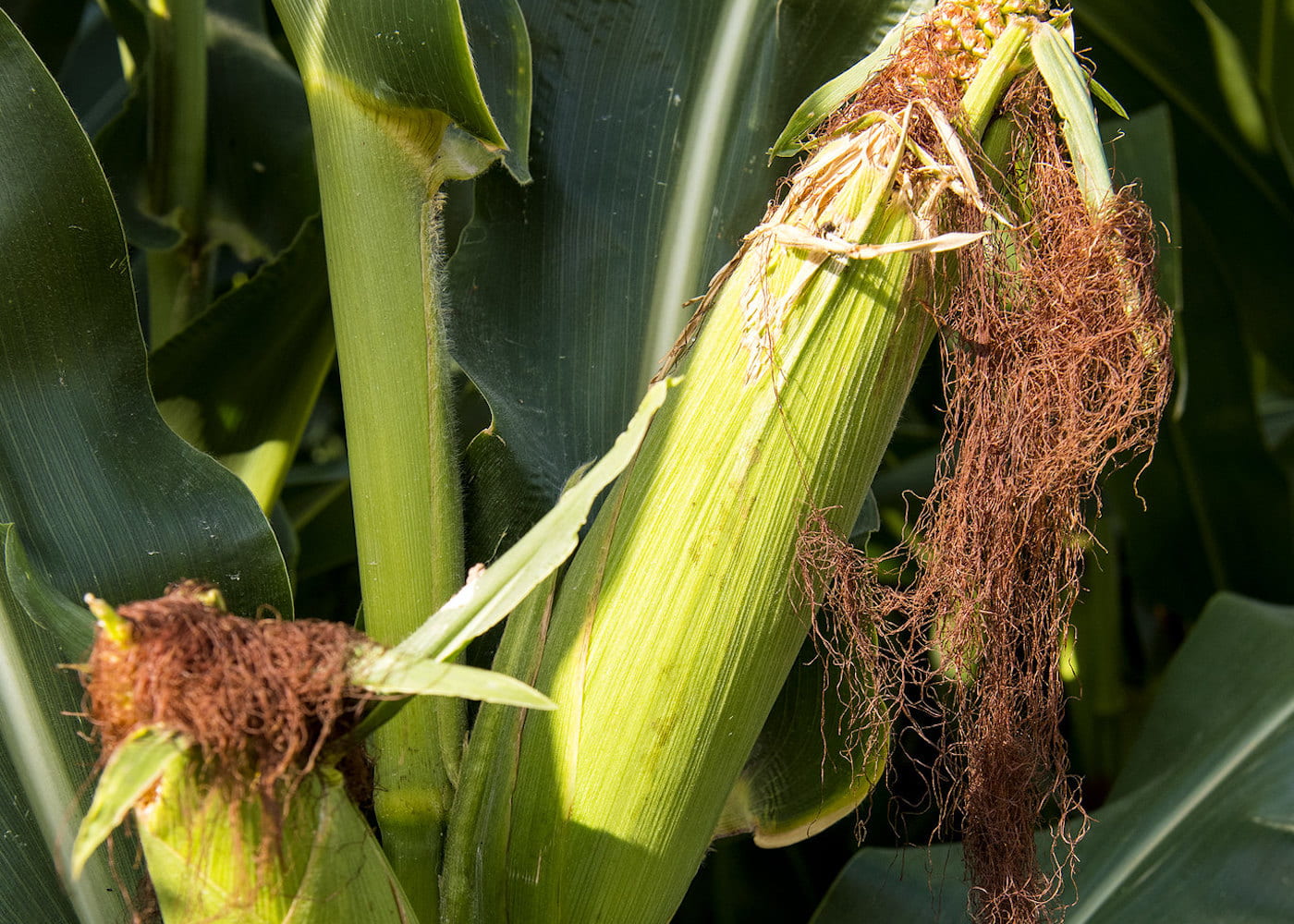Breeding Chickens for Water Efficiency Despite High Temperatures

Chickens can only go hours without water in high temperatures. With increasing water scarcity, researchers have identified how to breed and raise water-efficient chickens to combat resource limitations. These chickens bred for water conservation can maintain growth even when faced with high temperatures.
The Problem
With climate change and an increasing global population, water is growing in scarcity. Water is also critical for raising chickens. Growers are faced with the challenge of maintaining healthy poultry growth in high temperatures while keeping water conservation in mind.
The Work
Researchers with the Arkansas Agricultural Experiment Station set out to use water-efficient chickens bred by Sara Orlowski, associate professor of poultry science, to investigate whether they could endure heat stress and still gain weight.
Sami Dridi, professor of poultry science specializing in avian endocrinology and molecular genetics, conducted the experiment. The high water-efficient chickens used are in the fifth generation of selection and bring a 32-point improvement in water conversion and six-point improvement in feed conservation in comparison to a control line. Researchers exposed them to heat stress and measured their water consumption in comparison to a control group. Loujain Aloui of the Higher School of Agriculture of Mograne at the University of Carthage in Zaghouan, Tunisia, served as the lead author of the paper on this work while on an internship with the Center of Excellence for Poultry Science and the University of Arkansas System Division of Agriculture. Co-authors were Elizabeth S. Green, Travis Tabler, Kentu Lassiter, Walter Bottje, Dridi and Orlowski with the Center of Excellence for Poultry Science at the Division of Agriculture and Kevin Thompson with the Center for Agricultural Data Analytics with the Division of Agriculture.
The Results
The study revealed that even with heat stress, the water-efficient chicken line continued to thrive with less water when compared to a control group. Researchers found a difference in the hypothalamus, the part of the brain responsible for thirst control, in these chickens. These differences in water efficiency, heat endurance and feed conversion translates to less food and water required to grow a bird. From the time they were hatched to one month old, the high water-efficient line drank 1.3 pounds less water, and about 5.7 ounces less feed. Modern chicken houses hold on average 20,000 to as many as 50,000 birds. Although chickens consume more as they grow, the difference for that month of growing equates to about 7,800 fewer gallons of water and 17,800 pounds less feed to grow 50,000 water-efficient chickens.
The Value
With chickens bred for conserving water and maintaining growth even under the stress of heat, growers will save thousands of gallons of water and thousands of pounds of food each month. Water efficiency in the high water-efficient line is improving with each new generation, and this development has the potential to expand with application to other poultry operations, such as turkeys and ducks.
The research was supported by a U.S. Department of Agriculture National Institute of Food and Agriculture grant awarded through the Agriculture and Food Research Initiative.
Read the Research
Effect of Heat Stress on the Hypothalamic Expression Profile of Water Homeostasis-Associated Genes in Low- and High-Water Efficient Chicken Lines
Physiological Reports
Volume 12, Issue 5
https://doi.org/10.14814/phy2.15972
About the Researchers

Sami Dridi
Professor of Poultry Science
Ph.D., Molecular and Cellular Biology, National Polytechnic Institute of Lorraine – National Institute for Agricultural Research, France
M.A.S., Molecular and Cellular Biology, National Polytechnic Institute of Lorraine
B.S., Math and Science, School of Mateur, Tunisia

Walter Bottje
Professor of Poultry Science
Ph.D., Animal Science – Physiology, University of Illinois
M.S., Animal Science, Southern Illinois University
B.S., Zoology, Eastern Illinois University

Sara Orlowski
Associate Professor of Poultry Science
Ph.D., Poultry Science, University of Arkansas, Fayetteville
M.S., Poultry Science, University of Arkansas, Fayetteville
B.S., Agricultural Sciences, Cornell University
Travis Tabler
Center of Excellence for Poultry Science at the Division of Agriculture
Kevin Thompson
Center for Agricultural Data Analytics with the Division of Agriculture
Loujain Aloui
Center of Excellence for Poultry Science and the Division of Agriculture Internship
Higher School of Agriculture of Mograne at the University of Carthage
Elizabeth S. Green
Center of Excellence for Poultry Science at the Division of Agriculture
Kentu Lassiter
Center of Excellence for Poultry Science at the Division of Agriculture




